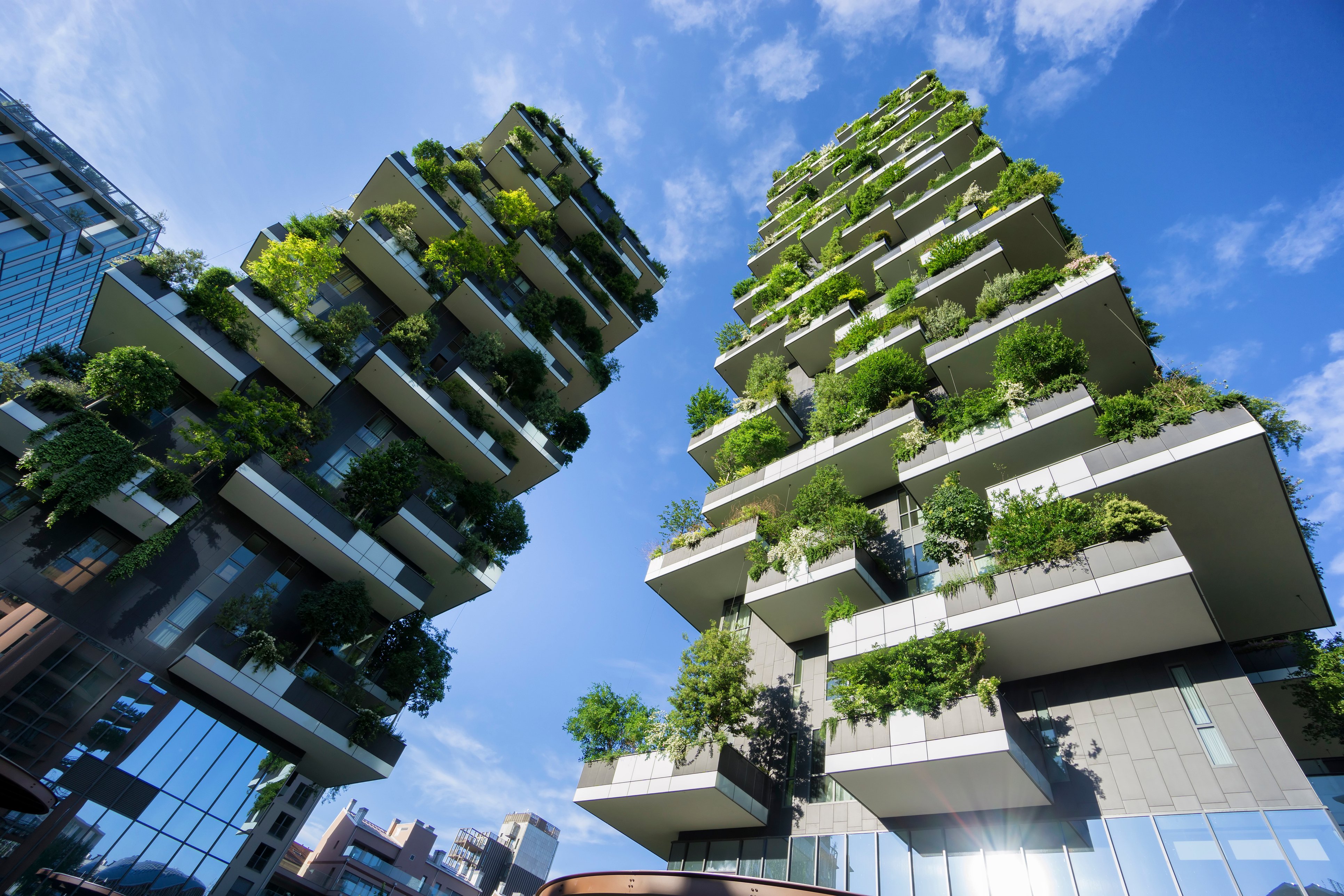
Sustainable Designs: Transforming Spaces with Green Architecture
In the ever-evolving landscape of architecture, a paradigm shift is occurring as we witness a growing emphasis on sustainable designs. Architects and designers are now embracing the concept of green architecture, incorporating eco-friendly practices to shape the future of our living spaces.
The Essence of Green Architecture
Green architecture, at its core, goes beyond aesthetics. It’s about creating structures that harmonize with the environment. By seamlessly blending natural elements and cutting-edge technology, green architecture strives to achieve a balance between human comfort and ecological sustainability. It’s a departure from traditional design approaches, aiming to minimize the environmental footprint of buildings.
Harnessing Solar Power
One hallmark of green architecture is the integration of renewable energy sources. Solar panels, such as those made from polycrystalline materials, play a pivotal role. These panels efficiently convert sunlight into electricity, providing a clean and sustainable power source. The utilization of solar energy not only reduces dependence on traditional power grids but also contributes to a significant decrease in carbon emissions.
Efficiency Through Innovative Materials
In the realm of green architecture, the choice of materials is crucial. Sustainable and recycled materials take precedence, emphasizing a commitment to reducing waste and environmental impact. From recycled steel to reclaimed wood, architects are exploring innovative options that not only contribute to energy efficiency but also add a unique character to the structures they design.
Smart Technology Integration
Modern green buildings are not just adorned with eco-friendly materials; they also boast cutting-edge technology to optimize energy consumption. Smart home systems, for instance, allow residents to monitor and control energy usage, lighting, and temperature, promoting a more efficient and sustainable living environment.
Landscaping for Sustainability
Green architecture extends beyond the building itself to the surrounding landscape. Thoughtful landscaping can significantly enhance sustainability. Incorporating native plants, rain gardens, and green roofs not only adds aesthetic appeal but also aids in natural insulation and stormwater management.
Promoting Biodiversity
A key facet of green architecture is its commitment to preserving biodiversity. Designers are increasingly integrating features that support local flora and fauna. Rooftop gardens and green walls, for instance, provide habitats for insects and birds, fostering a healthier ecosystem within urban environments.
Waste Reduction Strategies
Green architecture places a strong emphasis on waste reduction throughout the construction process. From designing structures with minimal waste generation to incorporating recycling systems within the building, every aspect is carefully considered. This approach not only minimizes the environmental impact but also sets a precedent for sustainable practices within the construction industry.
Community-Centric Design
Beyond individual buildings, green architecture often involves community-centric design principles. This includes creating public spaces that encourage social interaction, promoting sustainable transportation options, and fostering a sense of community responsibility towards the environment.
Adaptability for the Future
Green architecture is not just a trend; it’s a forward-looking approach to design. Structures are being conceptualized with adaptability in mind, ensuring they can evolve alongside advancements in technology and changing environmental dynamics. This adaptability is key to ensuring the longevity and relevance of green buildings in the face of a rapidly changing world.
In the pursuit of sustainable designs, green architecture emerges as a beacon of innovation and responsibility. By seamlessly blending environmental consciousness with architectural brilliance, it is reshaping our cities and communities, providing a blueprint for a more sustainable and harmonious future. Explore the world of Green architecture and witness the transformative power it holds for our living spaces.



